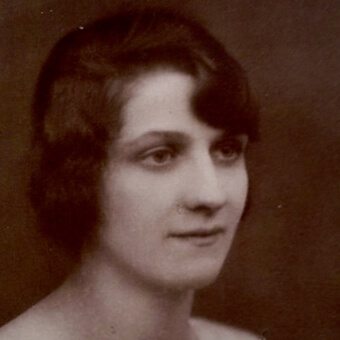Copyright © 2022 Martin J Mosley | Brampton Communities
My research, and the site are free to access, but you can show your appreciation by buying me a coffee.
The manor and parish of Brampton was clearly prosperous in it’s own quiet way for many centuries and there are extensive documentary and archaeological records to witness the passing of the centuries and of the generations of families whose heritage we see today.
The industrial revolution saw the rapid urban development of neighbouring Chesterfield to the point where, early in the 19th century it was deemed necessary to create a new parish from the Eastern, more urban parts of the ancient manor.
New Brampton (now shortened simply to Brampton) was created and has it’s own parish church (St Thomas) which was consecrated in 1832. Brampton is now an area within Chesterfield. Here, we are interested in the history of the ancient manor and parish and of the settlements included within it’s boundaries. That includes the Brampton area of Chesterfield.
I am building a searchable database of those who are recorded as having lived and worked there. This differs from a conventional genealogy or family history study in that the individuals are not forcibly linked by family ties.. Though inevitably many will be. Their one point in common is that they have contributed in some way to the life of these communities.


Many young men from the Brampton area gave their lives in the conflicts of the 20th century.
Countless families were touched by the effects of those distant wars.
Newspaper archives offer a unique view of life in the area: News, local business and events advertising, and family notices.
Here you’ll find a selection of those articles, extracted from local newspapers.
Alfred and Mary Annie lived in Alma St, Brampton at the end of the 19th and beginning of the 20th centuries.
Alfred was a humble pottery worker and his large family undoubtedly lived in difficult and very basic conditions. As was normal at the time, the couple had a large family and were entirely unremarkable. They suffered the tragic loss of their young daughter, Lucy but much worse was to come..
The Great War began in 1914 and three of the couple’s son’s quickly enlisted. Tragically Walter was killed in 1916, his brother Frederick also died in Flanders the following year.
We cannot imagine the grief felt by this family, whose story, sadly was reflected in families throughout Europe at the time.
Horse drawn tram services began in 1882. The line ran from Walton Lane to Low Pavement. While not initially commercially successful, the fleet gradually grew to 8 vehicles.
A new electric tram service opened in December 1904, using 12 new trams on extended routes from Whittington Moor to the Terminus on Chatsworth Rd. By the outbreak of war in 1914, the fleet had been extended to 17 trams.
By the mid 1920’s however, the system was no longer viable and in 1927 the trams were replaced by an electric trolley bus service which no longer required tracks.
A great engineering achievement and a revolution in public transport which lasted only 45 short years.




I am always looking to add new content to this site. If you have any images, stories, memories or even just questions…
My research, and the site are free to access, but you can show your appreciation by buying me a coffee.
These are necessary cookies, they are used to remember your preferences for the site, including your logged in status, language preferences etc. These cookies do not store any visitor information. We highly recommend you do not turn them off as it will cause the website to not function properly.
These cookies are not necessary for the basic functioning of this site, however activating them may improve your user experience.
Google Analytics Cookies are used to identify unique users and allow us to see where users come from and which pages they visit. They do not personally identify you. If you disable these cookies, you will not be recognised when you return. The site will treat you as a new visitor.